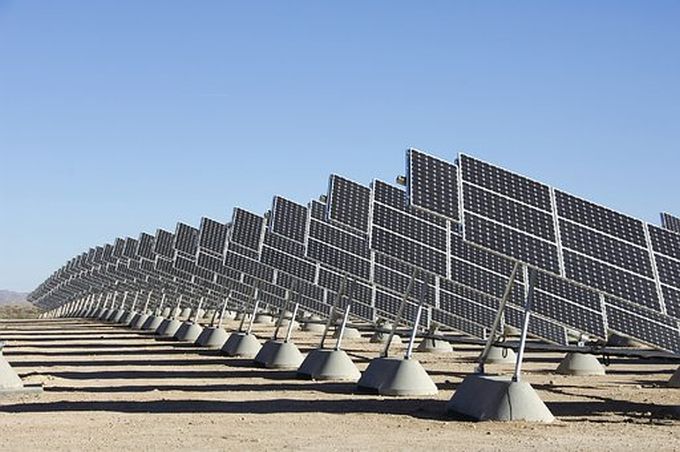 The energy storage market is shifting from R&D demonstration projects to a commercially viable market, states IHS, Inc. Q4 2015 saw a 45% increase in the global project pipeline, while 900 MW of projects are expected to be installed this year. The final quarter of 2015 saw a significant increase in planned global energy storage projects, up 45% on the previous quarter, to reach nearly 400 MW. The overall pipeline of planned battery and flywheel projects now stands at 1.6 GW.
The energy storage market is shifting from R&D demonstration projects to a commercially viable market, states IHS, Inc. Q4 2015 saw a 45% increase in the global project pipeline, while 900 MW of projects are expected to be installed this year. The final quarter of 2015 saw a significant increase in planned global energy storage projects, up 45% on the previous quarter, to reach nearly 400 MW. The overall pipeline of planned battery and flywheel projects now stands at 1.6 GW.
The majority 45% are planned for the U.S., although Japan is expected to comprise around 20%. Several large-scale projects bolstered the Q4 pipeline, says IHS, including LG Chem’s 90 MW contract with Steag to supply six large-scale lithium ion batteries for what will become the largest energy storage system project of its kind, when complete, in 2017; and Pacific Gas and Electric Company’s 75 MW of awarded energy storage contracts under the California Public Utilities Commission’s Energy Storage Decision program, which is targeting 1.32 GW of storage by investor-owned utilities by 2020.
Driving the energy storage uptake are several factors, says IHS, including continued battery cost reductions, government funding programs and utility tenders. It expects to see 900 MW projects come online in 2016, thus leading to a doubling in the global installed base of grid connected capacity.
Source: www.pv-magazine.com




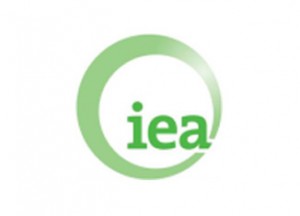
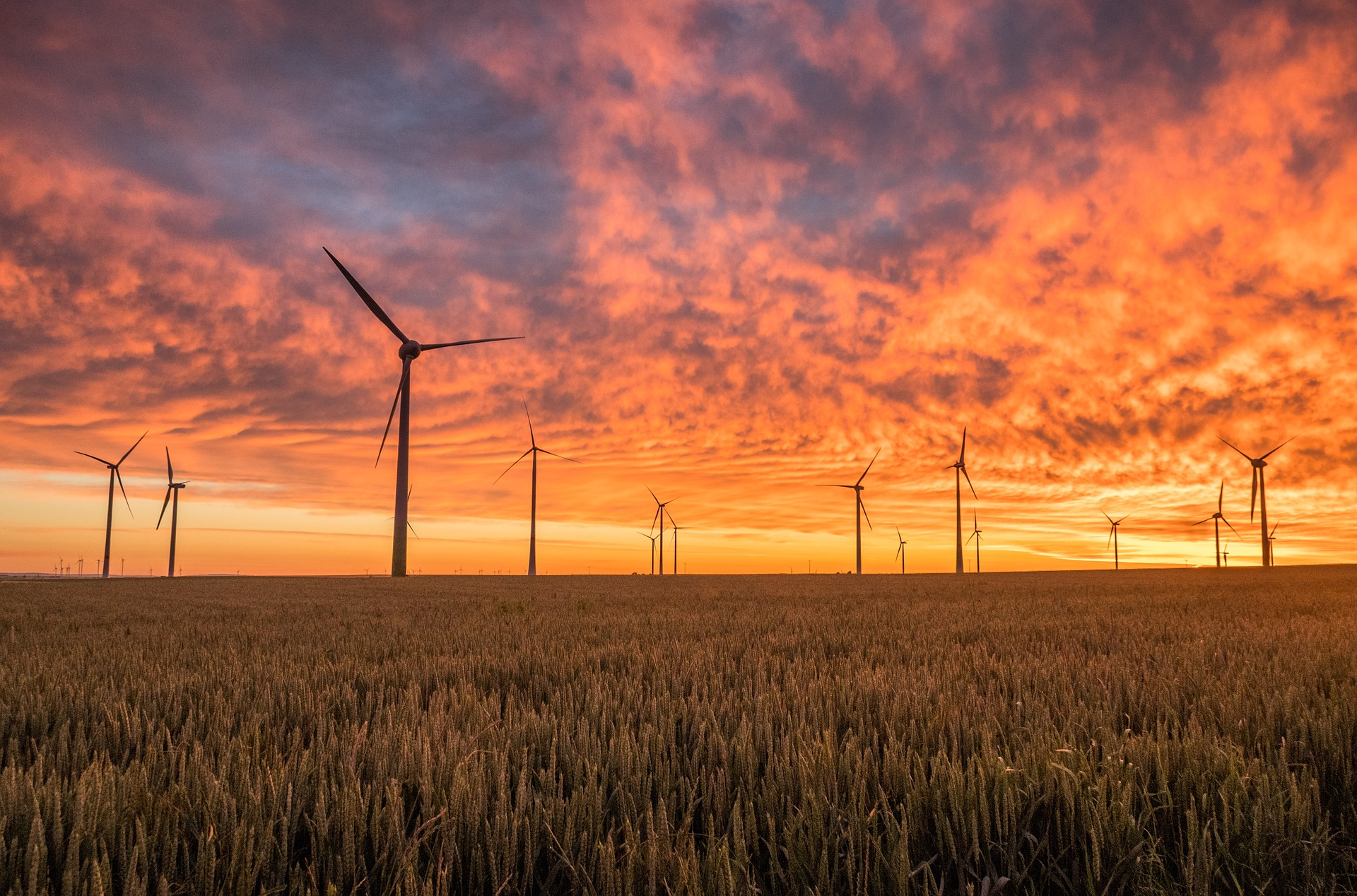


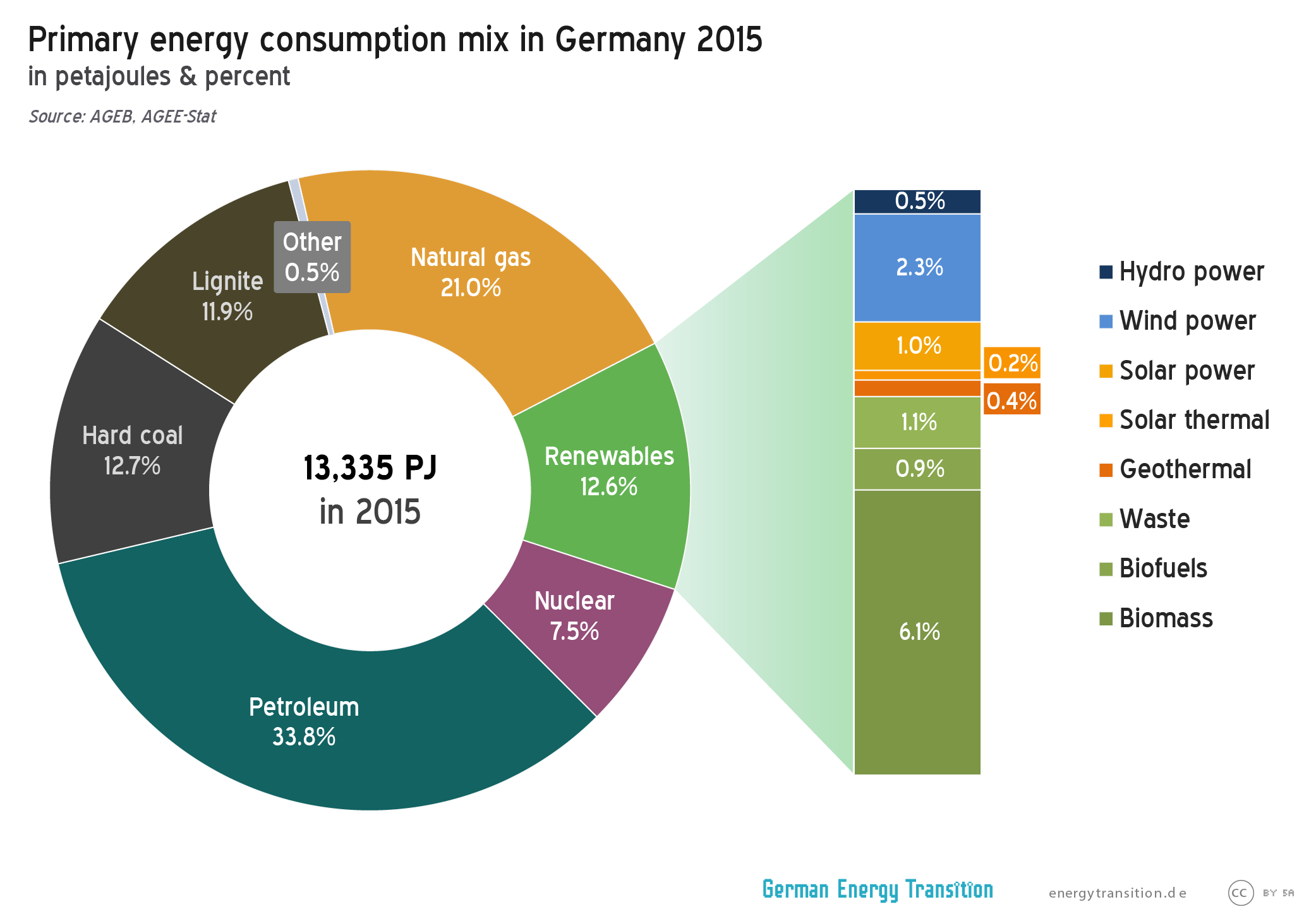
 Germany has another five years to reach 18 percent renewable energy by 2020. From 2011-2015, the increase was a very modest 1.8 percentage points. Adding on that amount for the five remaining years up to 2020 only brings us to 14.4 percent, far short of the target. But there’s a problem with this calculation – it’s based on primary energy, whereas the EU targets for renewable energy are based on final energy. (Primary energy is a lump of coal or a tank of gas; final energy is the electricity from that coal or the motive energy from that gasoline.) When we adjust for this difference, we find a much different outcome. In terms of final energy, the share of renewables grew from 11.9 percent in 2011 to 15.3 percent in 2015, an increase of 3.4 percentage points over five years.
Germany has another five years to reach 18 percent renewable energy by 2020. From 2011-2015, the increase was a very modest 1.8 percentage points. Adding on that amount for the five remaining years up to 2020 only brings us to 14.4 percent, far short of the target. But there’s a problem with this calculation – it’s based on primary energy, whereas the EU targets for renewable energy are based on final energy. (Primary energy is a lump of coal or a tank of gas; final energy is the electricity from that coal or the motive energy from that gasoline.) When we adjust for this difference, we find a much different outcome. In terms of final energy, the share of renewables grew from 11.9 percent in 2011 to 15.3 percent in 2015, an increase of 3.4 percentage points over five years. The progress in 2015 – an increase of possibly 1.8 percentage points – would be the largest in history if our calculation proves accurate. (To produce our estimate, we merely took the ratio of final to primary energy from 2012-2014, in which no nuclear plants were shut down – any such change would affect the ratio, which we found to be fairly close to 2:3 for those years). It is not completely unprecedented, however. In 2007, the share rose by 1.6 percentage points, mainly because bioenergy grew strongly that year; in addition to growth in the power and heat sectors, biofuels were at at 47 TWh that year (they have since fallen to around 35 TWh).
The progress in 2015 – an increase of possibly 1.8 percentage points – would be the largest in history if our calculation proves accurate. (To produce our estimate, we merely took the ratio of final to primary energy from 2012-2014, in which no nuclear plants were shut down – any such change would affect the ratio, which we found to be fairly close to 2:3 for those years). It is not completely unprecedented, however. In 2007, the share rose by 1.6 percentage points, mainly because bioenergy grew strongly that year; in addition to growth in the power and heat sectors, biofuels were at at 47 TWh that year (they have since fallen to around 35 TWh).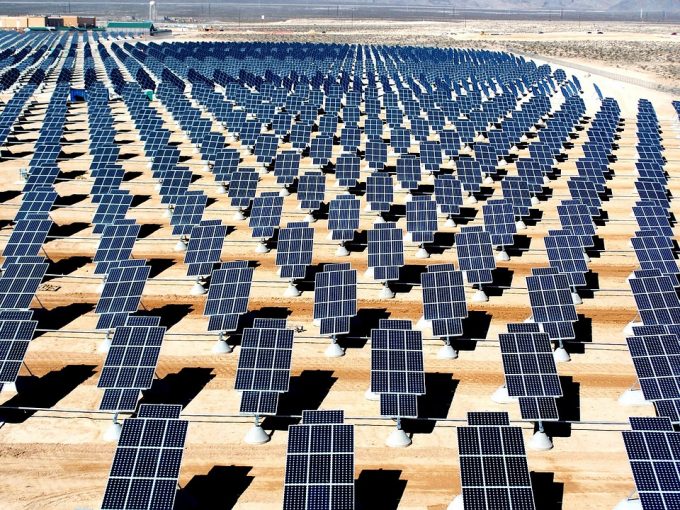
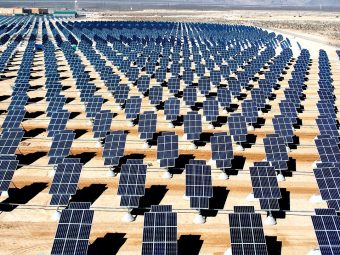




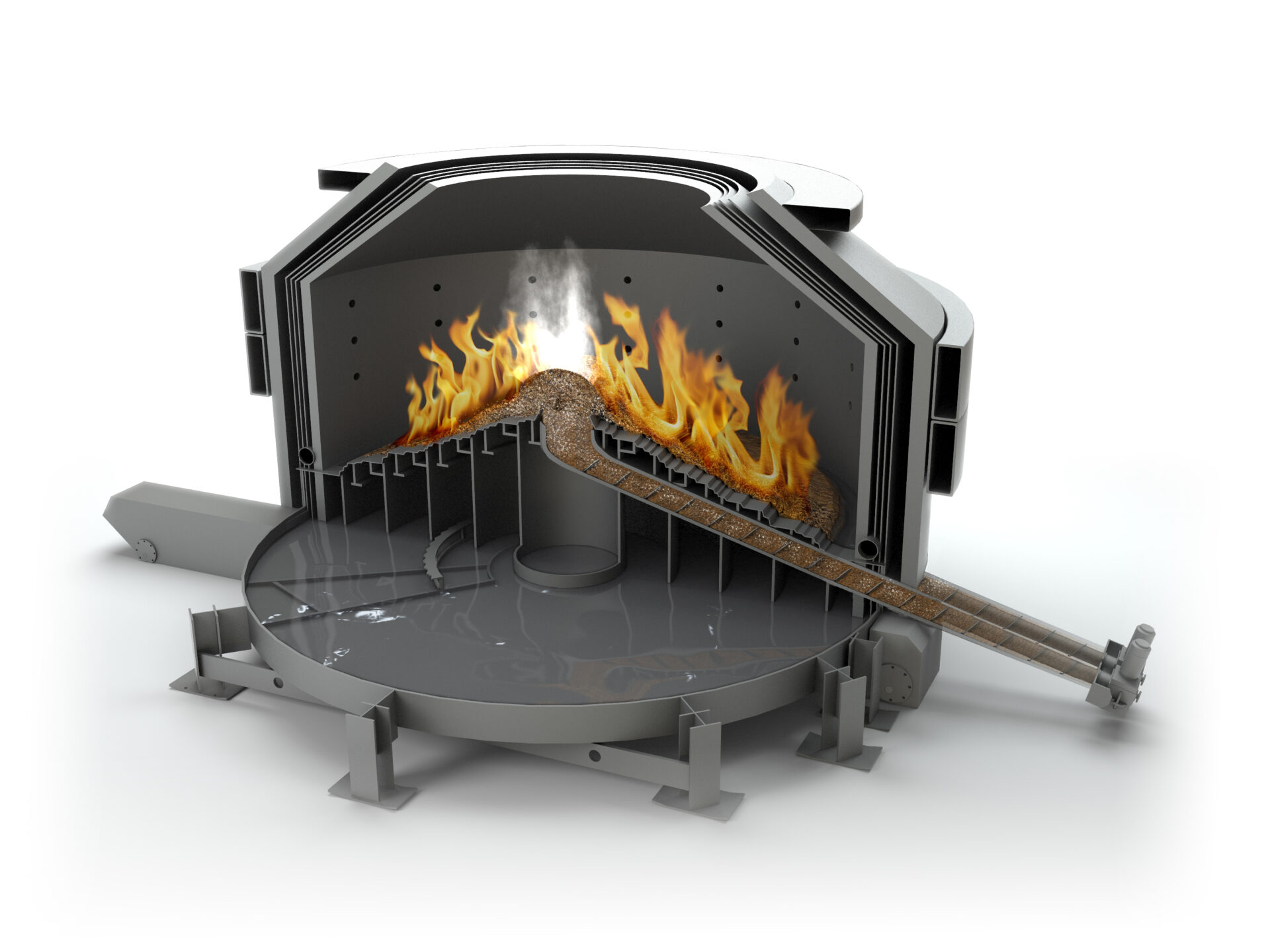
 Stora Enso Timber Ab and KPA Unicon Oy have signed a contract of a biomass-fired hot water boiler plant delivery to Stora Enso sawmill Ala in Ljusne, Sweden. The new Unicon Biograte 15 MWth boiler plant will utilize bark and wood residues from the Ala sawmill as fuel, and it will produce hot water to the sawmill´s drying kilns. The new biomass boiler plant is scheduled to be in operation in November 2016. The value of the contract will not be disclosed.
Stora Enso Timber Ab and KPA Unicon Oy have signed a contract of a biomass-fired hot water boiler plant delivery to Stora Enso sawmill Ala in Ljusne, Sweden. The new Unicon Biograte 15 MWth boiler plant will utilize bark and wood residues from the Ala sawmill as fuel, and it will produce hot water to the sawmill´s drying kilns. The new biomass boiler plant is scheduled to be in operation in November 2016. The value of the contract will not be disclosed.
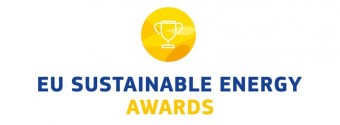 Are you working on an innovative and effective energy efficient or renewable energy project? Tell us about it and you could win an EU Sustainable Energy Award at the EU’s Sustainable Energy Week (EUSEW) and become Sustainable Energy Leader!
Are you working on an innovative and effective energy efficient or renewable energy project? Tell us about it and you could win an EU Sustainable Energy Award at the EU’s Sustainable Energy Week (EUSEW) and become Sustainable Energy Leader!










